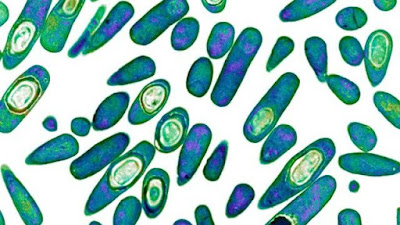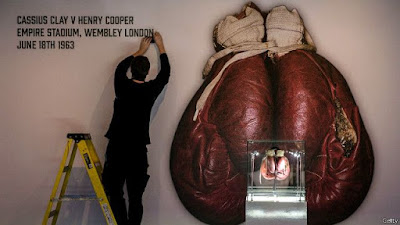
Tòa văn phòng 10 tầng ở thành phố Vô Tích, Trung Quốc được làm theo hình ấm trà khổng lồ.
Biên tập bởi YeuTiengAnh.com. Nguồn BBC.
Hướng dẫn học bài
Bạn hãy xem và nghe video tại mục (1.), và học các từ vựng trong bài tại mục (2.).
Cố gắng nghe hiểu mà không xem bài khoá (transcript) và bài dịch (translation) để hoàn thành bài tập tại mục (3.).
1. Video - Xem và nghe video bài học
Transcript - Bài khoá
It might not be everyone's cup of tea.
This giant, teapot-shaped construction is actually a 10-storey office building.
Ordinary red clay teapots are big sellers here in the Chinese city of Wuxi.
Locals hope the quirky building will become a symbol of the city.
Translation - Bài dịch
Đó có thể không phải là thứ mà ai cũng ưa thích. Khối kiến trúc có hình ấm pha trà khổng lồ này thực ra chính là một tòa nhà văn phòng 10 tầng.
Các bình trà bằng đất sét đỏ được bán rất nhiều tại đây, thành phố Vô Tích của Trung Quốc.
Người địa phương hy vọng là tòa nhà có hình dáng kỳ quặc này sẽ trở thành một biểu tượng của thành phố.
2. Vocabulary - Học từ vựng
cup of tea: thứ mà bạn ưa thích
storey: tầng
clay: đất sét
quirky: kỳ quặc
symbol: biểu tượng









Recent comments